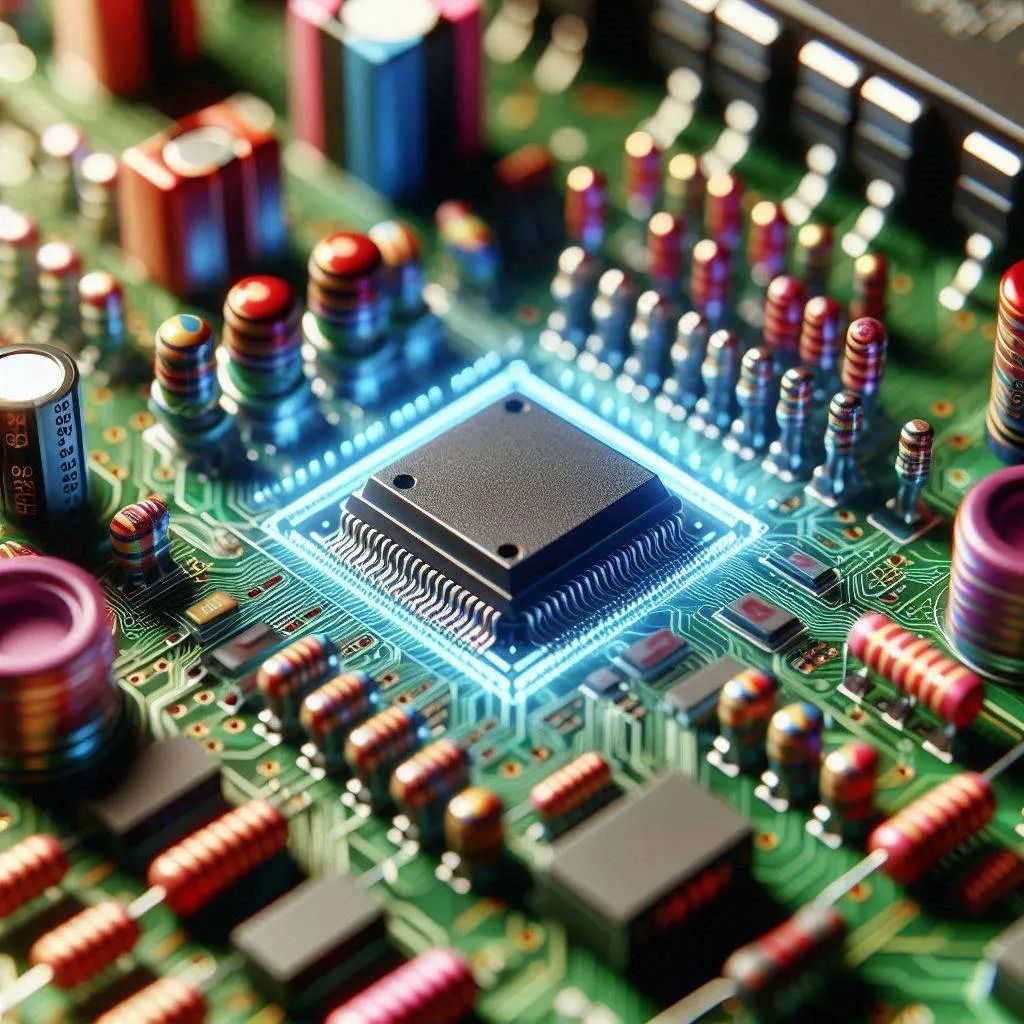
Embedded systems refer to computer systems that are embedded in devices, typically having dedicated functions and real-time requirements. Learning embedded development requires mastering both hardware and software knowledge. Here are the main topics for learning embedded systems:
1. Fundamental Knowledge
-
Digital and Analog Circuits: Understand basic circuit principles such as logic gates, resistors, capacitors, amplifiers, sensors, etc., which help you comprehend how hardware interacts with software.
-
Microprocessors and Microcontrollers (MCU): Learn the basic operating principles, architecture, peripherals, etc., of microprocessors. Common embedded processors include ARM architecture (such as Cortex-M series), AVR, PIC, STM32, etc.
-
Embedded Hardware Basics: Understand hardware interfaces and connection methods, such as GPIO (General Purpose Input/Output), I2C, SPI, UART, ADC, PWM, etc.
2. Embedded Development Environment
-
Development Boards and Hardware Platforms: Learn to use common development boards (such as Arduino, Raspberry Pi, STM32, ESP32, etc.) for hardware programming.
-
Cross-Compilation Toolchain: Embedded systems often use cross-compilation (compiling programs on one platform to run on a target platform). Learn how to use toolchains (such as GNU, ARM GCC, Keil, etc.) for compilation and debugging.
-
Integrated Development Environment (IDE): Familiarize yourself with IDEs like Keil, IAR Embedded Workbench, Eclipse, PlatformIO, etc., for code development, debugging, and flashing.
3. Embedded Programming Languages
-
C Language: C is the most commonly used programming language in embedded development. Learn the basic syntax, data structures, pointers, memory management, etc., of C.
-
Assembly Language: For low-level development of embedded systems, assembly language is sometimes necessary. Learning common instruction sets (such as ARM assembly) is helpful for understanding hardware operations and performance optimization.
-
C++: Some complex embedded systems also use C++ for development, especially in object-oriented programming situations.
4. Real-Time Operating Systems (RTOS)
-
Operating System Basics: Understand the basic concepts of embedded operating systems, such as process management, task scheduling, memory management, etc.
-
Real-Time Operating Systems (RTOS): Learn how to implement real-time capabilities in embedded systems. Common RTOS include FreeRTOS, uC/OS-II, VxWorks, ThreadX, etc. Master basic mechanisms of RTOS such as task scheduling, mutexes, semaphores, and message queues.
5. Embedded System Communication and Interfaces
-
Serial Communication: Understand RS232 and UART communication protocols for serial data transmission between devices.
-
I2C and SPI: Learn about common communication protocols like I2C (Inter-Integrated Circuit) and SPI (Serial Peripheral Interface), widely used in connecting sensors, displays, and peripherals.
-
CAN Bus and Ethernet: CAN bus (Controller Area Network) is commonly used in automotive and industrial fields; learn its basic principles. Ethernet is suitable for more complex embedded systems, especially in network communication.
-
USB and Bluetooth: Learn about USB interface communication protocols and basic knowledge of Bluetooth communication.
6. Hardware Interface and Peripheral Programming
-
GPIO Programming: Learn how to control hardware devices such as LEDs and buttons through GPIO.
-
Sensor and Actuator Interfaces: Learn how to communicate with temperature sensors, accelerometers, photoelectric sensors, motors, etc., using I2C, SPI, UART, etc.
-
Power Management: Embedded devices are often battery-powered; learn how to manage low-power modes, dynamic power control, and other technologies.
7. Debugging and Testing
-
Debugging Techniques: Learn to use tools such as JTAG, SWD (Serial Wire Debug), serial debugging, logic analyzers, etc., for debugging and troubleshooting.
-
Hardware and Software Integration Debugging: Embedded development often requires debugging the collaboration between hardware and software; learn how to flash software onto hardware and test its functionality.
8. Application Development for Embedded Systems
-
Embedded GUI Design: Learn how to design and develop graphical user interfaces (GUIs) in embedded systems, using graphics libraries such as LVGL, TouchGFX, etc.
-
Low-Power Design: When designing low-power embedded devices, focus on energy-saving technologies such as deep sleep modes, low-power hardware selection, clock management, etc.
-
Embedded Networking and Internet: Learn how to implement network communication in embedded systems, using TCP/IP protocol stacks, MQTT, HTTP, etc., for Internet of Things (IoT) application development.
9. Advanced Skills
-
Embedded Linux Development: If you want to develop more complex embedded systems, learn about the application of the Linux operating system in embedded systems. Learn how to configure and port the Linux kernel, develop device drivers, etc.
-
Machine Learning and Embedded AI: In some advanced embedded systems, machine learning and AI can also be applied to embedded devices, especially in fields like image recognition and voice recognition.
Recommended Learning Resources:
-
Books:
-
“Embedded C Programming”
-
“Embedded System Design and Practice”
-
“Understanding Computer Systems”
-
Online Courses:
-
There are many embedded systems-related courses on Coursera and edX.
-
Udemy also offers many beginner courses on embedded systems.
-
Open Source Projects and Practice:
-
There are many embedded projects on GitHub; try reading open-source code to understand how to develop embedded systems.
Through the above learning, you will gradually master the core skills of embedded system development, from basic hardware and programming to more complex real-time systems and advanced application development.
Follow the public account at the bottom right corner to register for free IT course trials.
Follow the public account at the bottom right corner to learn more about exams and certifications.